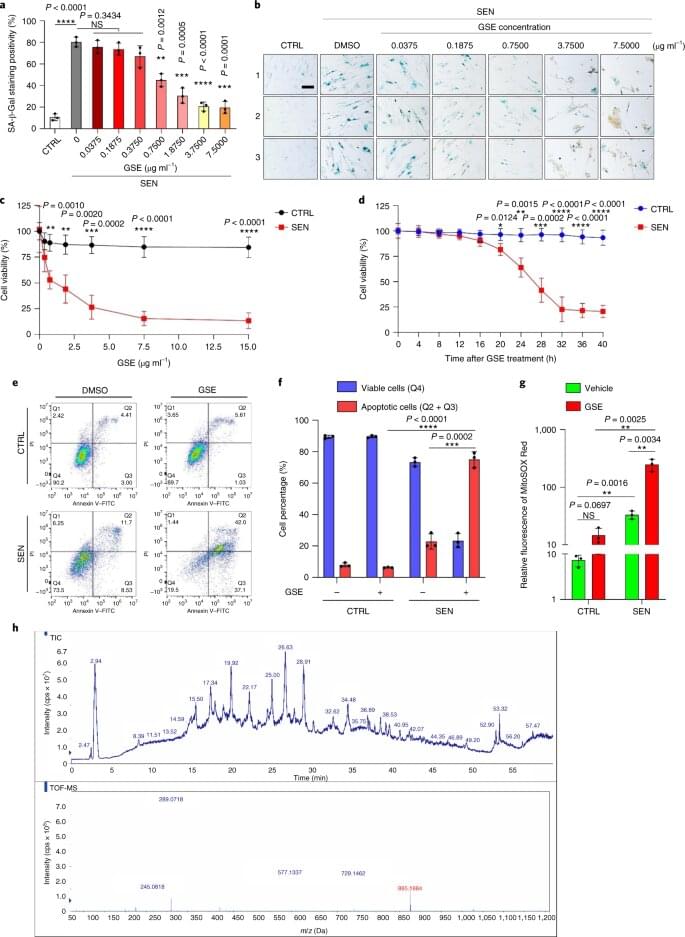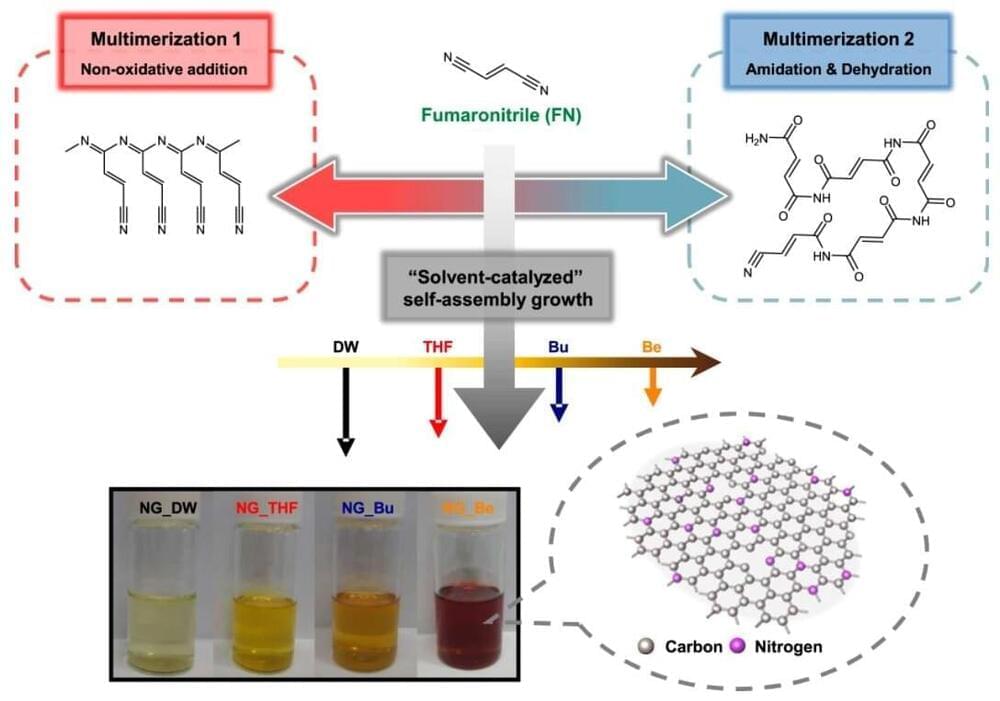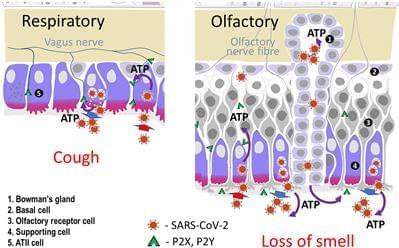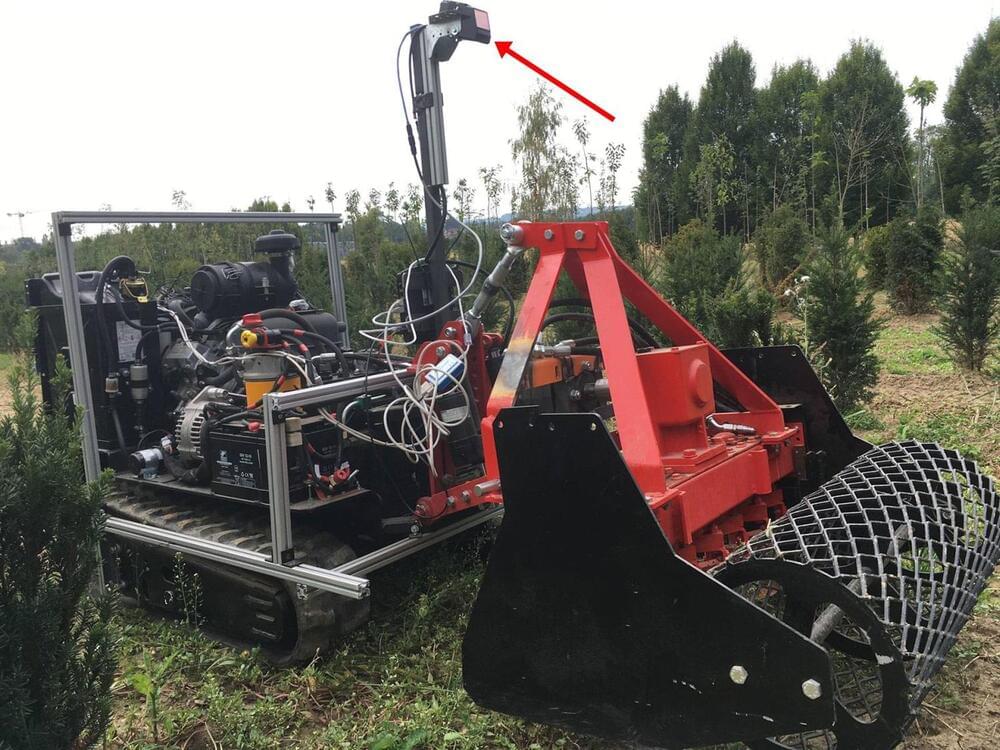A team of researchers affiliated with a host of institutions in China and the U.S. has found that injecting procyanidin C1 (PCC1), a chemical found in grape seed extract, into older mice extended their lifespan. In their paper published in the journal Nature Metabolism, the group describes the link between PCC1 and extended lifespan in mice and the experiments they carried out with the material.
Scientists have been trying for many years to understand the aging process. The hope is that once it is understood, mitigation efforts can slow or stop the process to allow people to live longer or to live in a more healthy way as they age. In this new effort, the researchers screened 46 plant extracts looking for anti-aging capabilities. They came across PCC1. Initial tests during screening showed it reduced the number of senescent cells in the human prostate. Such cells are known to contribute to aging. Intrigued with their results, the researchers tested it further. They found that at low doses it prevented senescent cells from contributing to inflammation, and at higher doses killed them outright without harming other cells.
The team then injected 171 mice with PCC1, 91 of whom were considered to be old. They found that this increased the overall lifespan of the mice by 9 percent and their remaining lifespans by 60 percent, on average. The researchers also injected younger mice with the extract chemical over a period of four months and found it improved their physical fitness. They then injected mice that had cancerous tumors with the chemical and found that doing so helped to shrink tumors when given in conjunction with chemotherapy. They also found it did the same with human tumor cells implanted into mice.








